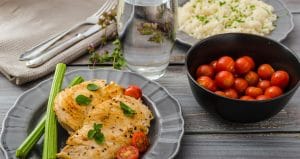A skinny guy once told me he wanted to put on muscle, but in the way muscle stayed on permanently without him having to continue to workout. He believed trainers and bodybuilders kept a secret from everyone else forcing them to train and eat forever to maintain the muscle.
He disappeared after 6 workouts and a lot of excuses, only to resurface months later with a bag full of steroids. I shut down his shortcut to getting jacked. He wasn’t willing to do the work or eat the food. Without mastering the fundamentals, he had no business skipping to advanced and situational tactics.
For those willing to commit to the lifestyle, we can pave an easier path with practical eating strategies to pack on lean muscle. We can demystify the process and make it accessible. And while much of this may seem like common sense to the experienced lifter, it’s gospel for newcomers struggling to make progress or sift through conflicting information.
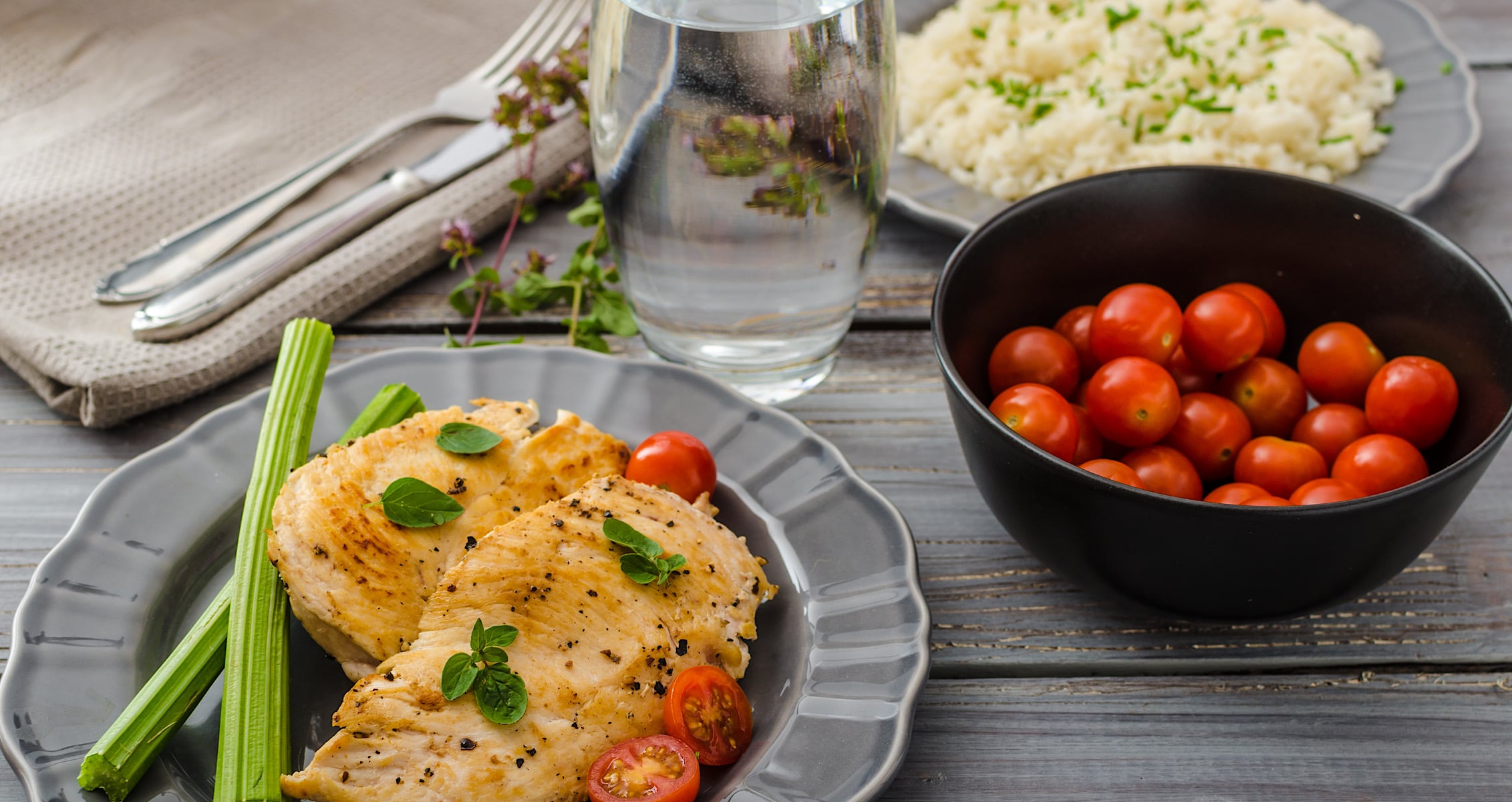
#1 Eat Every Three Hours
We’ve believed and discarded many nutrition myths over the years. Small frequent meals “stoking the metabolic furnace/fire”? Debunked. Can’t absorb more than 30 grams of protein per sitting? Mythical nonsense.
This doesn’t mean frequent meals aren’t useful under certain conditions. Notice how the restricted window of intermittent fasting sucks for building muscle? The sheer volume of food necessary to put on muscle can’t be restricted to a few meals. You need to eat a lot and often.
If we rely on our good intentions to eat more often, we default to eating when hungry. Half the problem with hard gainers is their tendency to eat like birds. Relying on hunger to motivate eating to gain muscle is about as reliable as a dieter trusting their hunger to guide significant fat loss. Instead, eat at pre-determined intervals. Every 3 hours should create enough waking hour meals to get all your needed protein and calories while spacing meals enough to alleviate feeling full from your last meal.
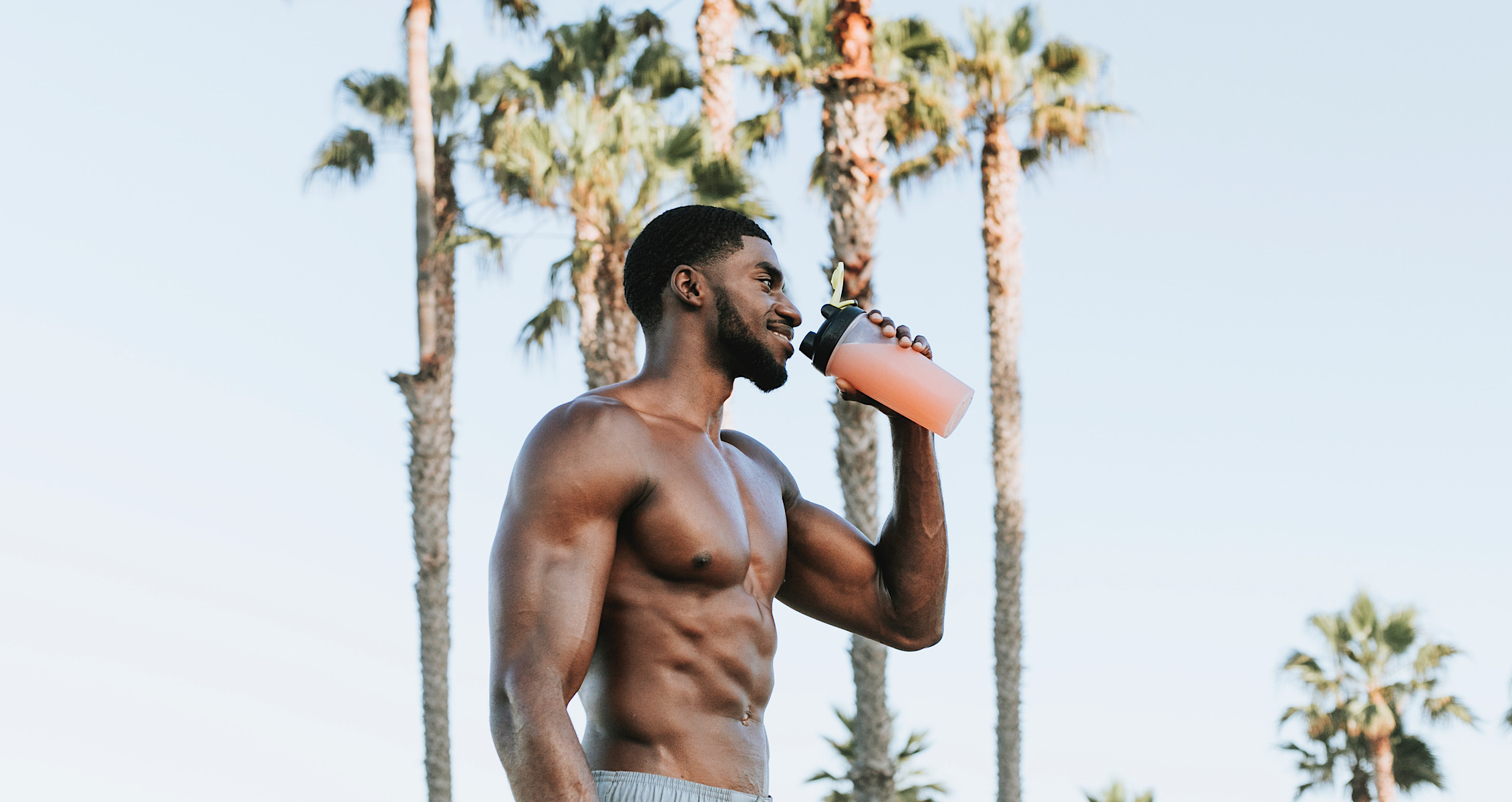 #2 Drink A Post Workout Shake
#2 Drink A Post Workout Shake
Sometimes the evidence based side of the fitness industry gets a little carried away with being right. The anabolic window is another antiquated belief. We don’t NEED to rush a shake or meal within 30 or 60 minutes post workout, depending on who you ask. The workout isn’t wasted and no gains are lost.
There’s also no downside to drinking a post workout shake. Not getting enough protein or calories is why some lifters struggle to grow. One quick, cheap, and easy way to hit your protein target is to have a shake ready post workout. Either protein alone, or with added carbs for those needing more calories, a shake squeezes in yet another meal. Your workout serves as a trigger and reminder for this extra feeding. It’s also a good way to remember to take creatine monohydrate, one of the safest and most effective over the counter supplements for building muscle.
Make a protein shake a habit and you never miss your post workout nutrition. While the anabolic window is more myth than fact, it’s still a bad idea to go several hours without eating post workout. The shake ensures you’re covered if life interferes with the next meal.

#3 Load Up On Cheap Sources Of Protein, Carbs, and Fats
In an era of $5 soy lattes and $1000 smart phones, it’s absurd to claim eating healthy is expensive. Nutrition is about priorities, whether focused on fat loss or muscle gain, people will spend their money where they want to. Otherwise they’re just making excuses to justify inaction. With all this being said, why spend more money than we need to build muscle?
Eating to gain muscle can still get pricy. Protein is the most expensive macronutrient per gram. Carbs and fats can been thought of as energy calories and consumed interchangeably as long as you avoid extreme ratios, but there’s no substitution for protein’s role in building muscle.
While optimal for health outcomes, grass fed ribeyes and fresh Pacific salmon don’t fit the bodybuilder on a budget. Long term, you’ll be healthier by avoiding processed meat than worrying if your salmon is wild or farmed. Nor does everything need to be free range organic. Buy organic if you want expensive marketing without strong evidence to support health benefits.
Fill in the gaps with eggs, whey or casein protein, lean ground beef, frozen chicken breasts, chicken thighs, tilapia, and codfish. Though a tub of protein seems expensive, you’re getting some of the best value per serving. Most supplement stores offer small discounts to regulars, so don’t hesitate to ask, and Costco often has brand name protein at great prices. Throw in greek yogurt and low fat cottage cheese if you can tolerate the texture.
Grab club sizes. Buy boxes of frozen chicken and fish, club packs of lean ground beef, and 5 dozen pallets of eggs. If you’re eating how you need to, you’ll go through it all and more. Cans of tuna are a convenient bodybuilding classic, just be considerate of who’s around when you crack open a can.
The same rules apply for carbs and fats. Finding cheap sources of carbs is easy., you just have to be willing to cook. Load up on potatoes(sweet, yams, or regular), rice(white is just as nutritious as brown), oatmeal, and pasta. Add inexpensive fruit like apples, oranges, bananas, and frozen berries(for smoothies).
Much of your needed fat intake will come from your protein sources and other dietary basics. Include fatty fish like salmon in your diet, supplement with Omega 3 fatty acids, and add avocados, olive oil, and nuts to round out your polyunsaturated and monounsaturated fat needs. Same as with protein, buy in bulk and don’t pay extra for organic stuff.
Don’t ignore a variety of inexpensive vegetables for added nutrients and fibre. Broccoli, cauliflower, carrots, asparagus, peppers, and spinach are all affordable, especially in large batches. Frozen veggies are killer value. Freeze spinach and toss it into smoothies.
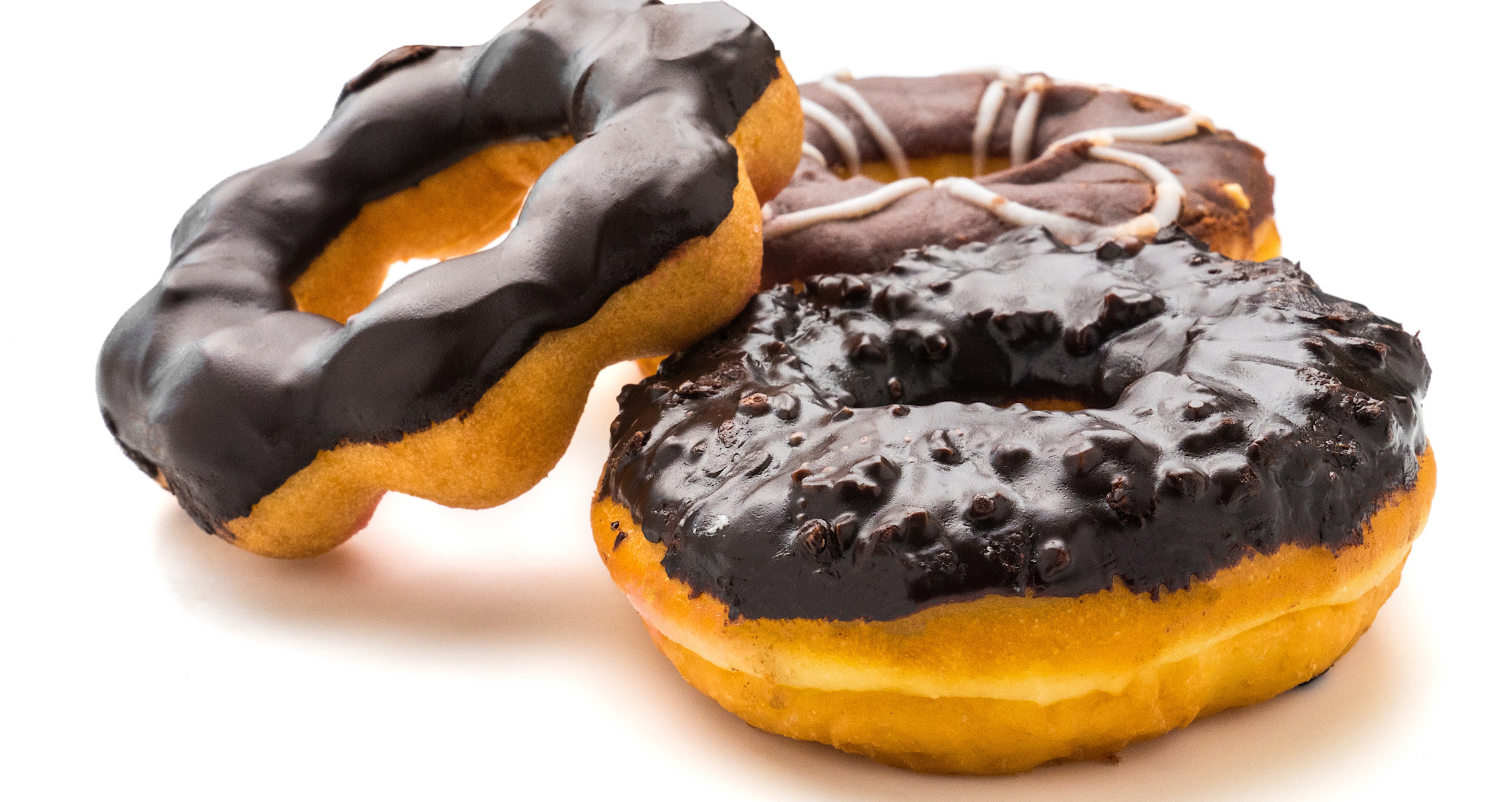 #4 Don’t Restrict Yourself To “Clean” Food
#4 Don’t Restrict Yourself To “Clean” Food
Staying lean while adding muscle is easier if most of our food is whole, minimally processed, “healthy” food. But if you only eat chicken, brown rice, and broccoli, the effort to choke down the needed food volume will prevent most people from getting near a calorie surplus. Classic hardgainers, guys(and girls) with high metabolic rates and high levels of activity, and people with physical jobs can almost never meet their calorie needs with classic clean eating.
Ignore the archaic belief that no amount of clean food can cause fat gain, while the mere aroma of pie and ice cream swells fat cells. This doesn’t mean you should copy early career Lee Priest by crushing fried chicken all the way to a flabby 300 lbs at 5’4. It just means don’t be bound by clean eating dogma while enjoying some of the foods you love.
Don’t fear pasta, energy bars, subs and sandwiches, fruit, or even cereal, if these fit your calorie and macronutrient needs to fuel your training and recovery. Eating mostly high calorie, low protein, low fibre junk isn’t going to meet your macro or micro nutrient needs, leave you with good energy for training, or keep you lean while bulking. Add in enough extra high calorie food to get past your appetite’s limits on the clean stuff. This means some pizza, dessert, cheese, and other traditionally “unclean” foods are on the table.
Cutting liquid calories is a smart tactic for fat loss. Take the opposite road when fighting to eat enough to grow. Add smoothies, shakes, and milk(if you’re tolerant), as long as they’re filling gaps you otherwise struggle to meet with solid food. Favour high protein and nutrient dense liquid calories. Then enjoy a root beer or glass of wine as a treat.
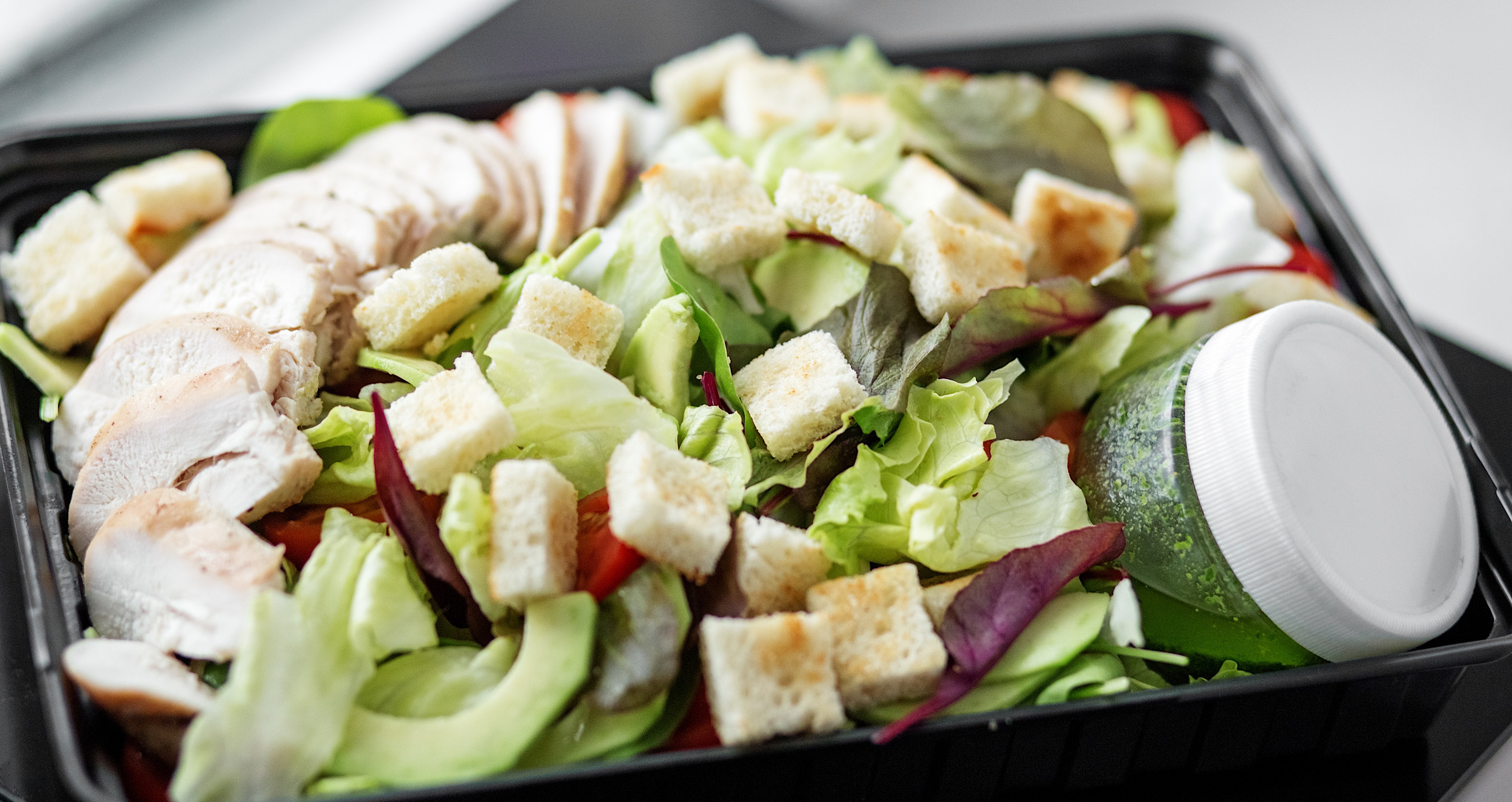
#5 Cooking Efficiency
Often the greatest obstacle with eating to grow, or just to eat healthy in general, is the time and effort to prepare the right food. Virtually no one has the time to individually cook each meal. While Dwayne Johnson prides himself on his culinary skills, you can only occasionally smell what The Rock is cooking thanks to his access to a personal chef. The rest of us better rely on efficient cooking habits.
It takes similar time and effort to cook 6-8 portions as it does 1. Get in the habit of baking a tray of chicken breast or salmon fillets instead of cooking individual meals. Prepare big batches of pasta, casseroles, and chilli. Cook up to an entire week of meals in one shot.
Ignore social media posts about losing half a Sunday to meal prep. Even large batches of food can be turned around in 90 minutes of prep and cleanup. A lot of meals can be timed in the oven or on the stove so you can use the time on other productive efforts. Listen to podcasts or audio books while cooking. Hit up daily cardio or just enjoy a favourite show while waiting. Many influencers falsely portray meal prep as complicated and arduous. It’s not.
Find efficient macro friendly meals and snacks. Greek yogurt, protein shakes, cottage cheese, and smoothies make low effort feedings in between sit down meals. You’ll forever hate chicken breast and rice if you try to choke down 6 daily meals of them.
Some bodybuilders and busy professionals rely on professional meal services. They’re affordable, eliminate cooking time, and can be custom built to you macro and calorie goals. Weigh the added cost of the service above your cost for the groceries, against the value of the time you save. Consider how many people randomly and impulsively outsource their meals through food delivery apps. Much of what’s ordered is high calorie crap while being obnoxiously priced. The cost of a few Uber eats orders equals a full week of healthy meals.
Fitness industry dogma and tribalism be damned. The proven basic tactics work to put on muscle. Committing to the consistent behaviour needed to build and sustain muscle is challenging. It’s why you see so few lean muscular people walking around society once you step outside your gym. Apply these tactics to make your efforts easier and your results stand out. Share this with someone who needs to hear it.

